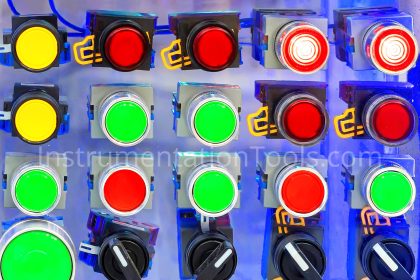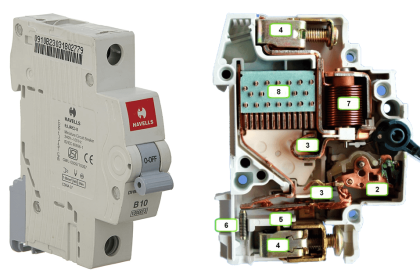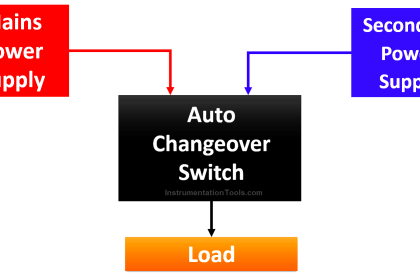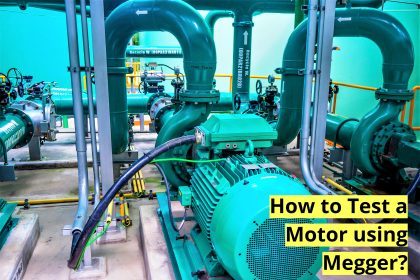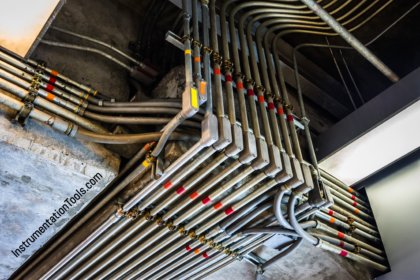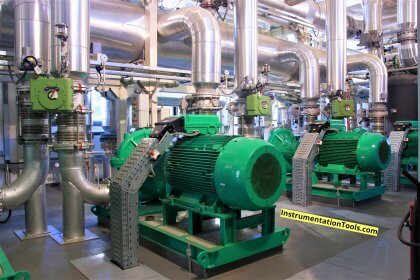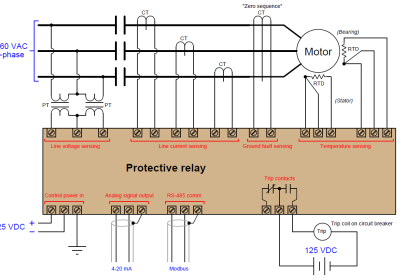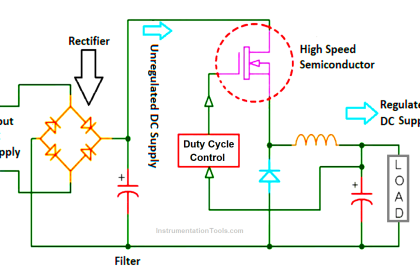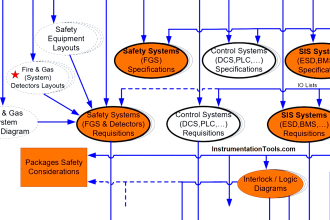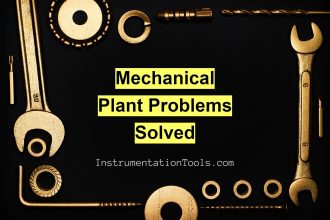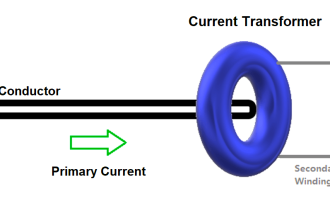In machine automation, one device that can be said as the heart of the system is a servo motor. Applications that require precise measurements and outputs use a servo motor for the same. It is thus widely used in industrial applications like robotics, automated manufacturing, or CNC machines.
When a candidate who is interested in machine automation applies for a job, he surely faces questions about servo motors. So, he must be able to answer them properly to pass it.
Most Asked Questions on Servo Motor
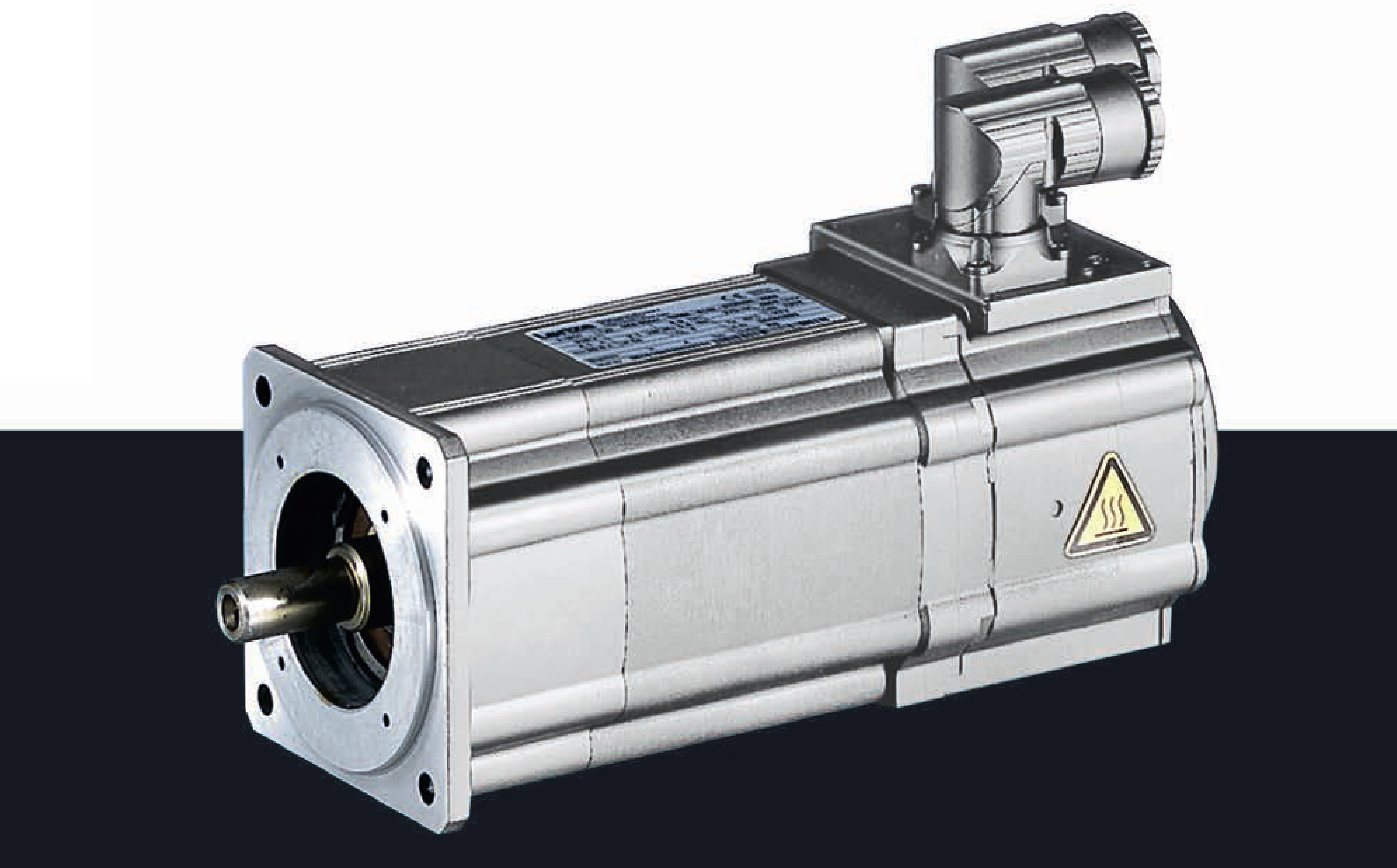
In this post, we will learn some most general questions asked during an interview regarding servo motors.
Can the servo motor work in open-loop control?
No, there is no use of a servo motor running in open loop control, because it is designed to take real-time feedback and do corrections for the same. It takes position, speed, or torque feedback and regulates the motor movements accordingly to maintain the desired setpoint. So, it is a closed-loop control system.
What are the control methods for a servo motor?
There are three types of controls –
- speed,
- position and
- torque.
What are the two types of AC servo motors?
There are two types of AC servo motors –
- synchronous motors
- asynchronous motors
Synchronous motors rotate at the same speed as the stator magnetic field and it is more precise and efficient but is complex in operation. The asynchronous motor lags behind the stator magnetic field and is less efficient and precise.
What are the various types of control algorithms used in servo motors?
There are three types of algorithms used –
- PID,
- fuzzy logic control and
- adaptive control.
What are the main components of a servo motor?
The main components of a servo motor are
- a motor,
- a sensor, and
- a control circuit.
It works in closed-loop control for accurate output.
How is the servo motor controlled by PWM in position control?
As the name implies, pulse width modulation varies the length of a pulse to determine the movement of the motor. A particular pulse in milliseconds will accordingly move the motor by a certain degree. The frequency of pulses decides the speed of the motor. The higher the frequency, the higher the motor speed.
Difference between stepper motor and servo motor
A stepper motor moves in discrete steps; it does not move continuously. But a servo motor moves continuously.
| Description | Stepper Motor | Servo Motor | Detailed Explanation |
| Principle of Operation | Open-loop control | Closed-loop control | Stepper motors move in discrete steps without feedback. Servo motors use a feedback loop to correct the motor’s position. |
| Feedback System | Generally none | Encoder or Resolver | Stepper motors typically don’t require feedback, while servo motors use feedback for precise control. |
| Control Complexity | Simpler | More complex | Stepper motors are easier to control but less sophisticated. Servo systems often require more complex control algorithms. |
| Torque | High at low speeds, drops off at high speeds | Consistent across its speed range | Stepper motors lose torque at higher speeds, while servo motors maintain torque consistently. |
| Speed Range | Low to medium | High | Stepper motors are generally not suitable for high-speed applications. Servo motors can operate at much higher speeds. |
| Positional Accuracy | Moderate | High | Stepper motors offer moderate accuracy; servo motors offer very high accuracy due to their feedback systems. |
| Cost | Lower | Higher | Stepper motors are generally less expensive than servo motors, especially when considering the cost of additional feedback systems for servos. |
| Applications | Printers, CNC machines, 3D printers | Robotics, high-speed machinery, precision applications | Stepper motors are often used in applications requiring simple, cost-effective control. Servo motors are used where high performance is needed. |
Can brakes be used with a servo motor?
Yes, we think that servo motors stop accurately at position and no brake is required. But, in some critical applications where the load can affect servo motor performance or even the slightest release can cause an accident, brakes can be used for safety.
When power is applied to it, the brake gets disengaged causing the motor to rotate freely. When the power is removed, the brake is applied immediately after the motor stops rotating.
Why does a servo motor vibrate?
Typically, when we commission a servo drive or motor initially, some parameters are not known to us to adjust with the load. This can cause a humming sound or vibrations. To avoid this, auto-tuning must be done if you are set with the load. This automatically tunes the motor with the load. It is very similar to PID tuning.
Do we require separate PLC outputs for pulse and direction?
Yes, pulse and direction both require separate fast PLC outputs and cannot function in a single PLC output.
In this way, we saw some general and new types of questions asked during interviews regarding servo motors.
If you liked this article, then please subscribe to our YouTube Channel for Electrical, Electronics, Instrumentation, PLC, and SCADA video tutorials.
You can also follow us on Facebook and Twitter to receive daily updates.
Read Next:
- PID Controllers Explained
- Comparison of Control Loops
- Top Best Practices of PLC Wiring
- Control Speed of Induction Motor
- Most Asked Questions on SCADA
